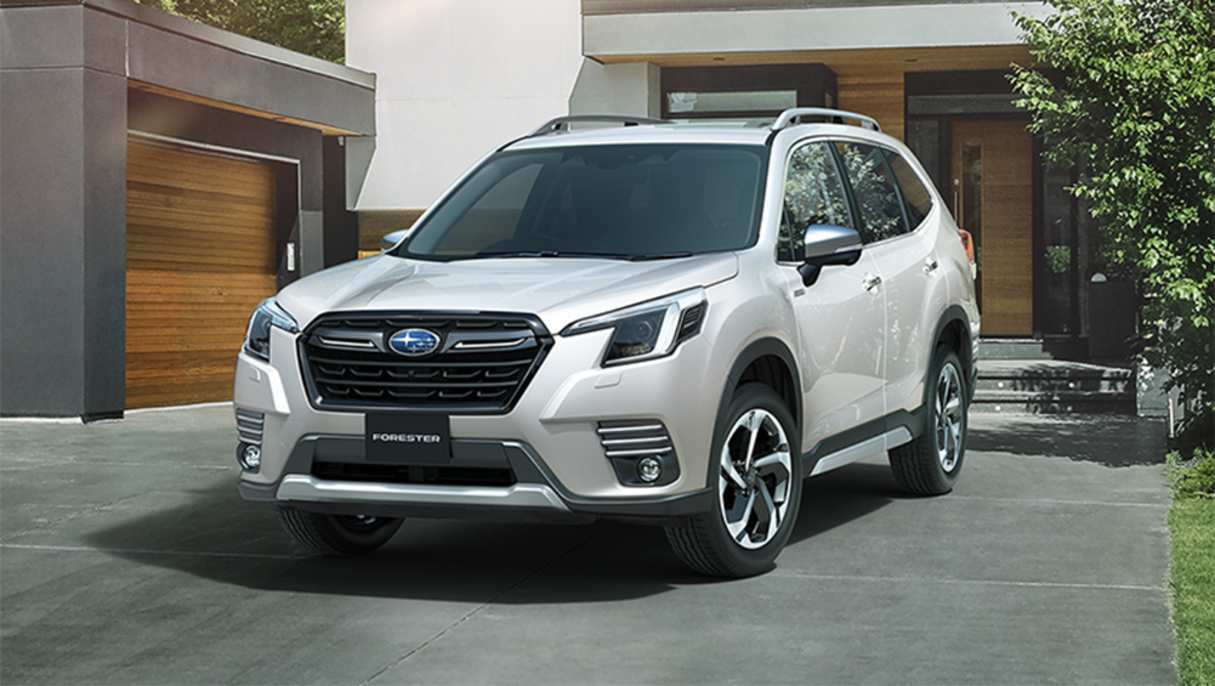Sales for the Toyota RAV4, Mazda CX-5 and a number of other top-selling medium SUVs dropped by significant margins last month, largely due to stock shortages caused by the pandemic and parts shortages.
Overall new-vehicle sales dropped by 8.1 per cent last month when compared with October 2020. It was the first time since October 2020 that there has been a drop in sales, following the start of the pandemic early last year.
A number of segments that have been in decline for some time – small, medium, large and upper-large passenger cars – all took double-digit hits last month, the latter two by about 40 per cent.
But the big surprise is the 31 per cent drop off in medium SUV sales. Last year, medium SUVs made up the single biggest market segment by sales, ending 2020 with 179,722 sales. So far this year, 151,006 medium SUVs have found homes, about 9900 units behind 4x4 pick-ups (160,881).
Small SUVs and large SUVs dropped by 4.1 per cent and 0.1 per cent respectively last month, but medium SUVs were hit hard.
When you drill down and just look at sub-$60,000 SUVs, the drop was 35.5 per cent. Over $60k SUVs maintained their sales, only dipping by 1.6 per cent.
Some of the most popular models in the country had the biggest hits last month. Australia’s top-selling SUV, the Toyota RAV4, was down by 59.1 per cent over October 2020 with 1670 registrations.

Toyota announced last month that deliveries would be impacted in October due to reduced production at the Japanese plant during September. A Toyota spokesperson told CarsGuide that production was higher in October and it will continue to improve in November as COVID-19 restrictions ease across South-East Asia.
Australia’s second best-selling SUV, the Mazda CX-5, also dropped last month by 63.5 per cent to 697 sales. High demand combined with lower stock levels were partly to blame for this result, according to a Mazda spokesperson.
As with Toyota, the impact of global parts shortages and shutdowns have not helped. However, Mazda’s result is also partly due to the CX-5 being in run-out ahead of the facelifted version arriving in local showrooms in the first half of next year.
Another popular medium SUV, the Subaru Forester, was down by 61.9 per cent in October to 485 units. A Subaru spokesperson confirmed that was largely a result of the model being in the final stages of run-out before the mid-November arrival of the updated 2022 Forester.

The Kia Sportage and Mitsubishi Outlander dropped by 45.7 and 43.3 per cent respectively last month, but that is because both models are being replaced with new-generation versions this month.
It wasn’t just the top sellers losing share last month either. Ford only sold one example of the Escape medium SUV. A Ford spokesperson told CarsGuide last month that was a result of major hits to supply coming out of Europe as a result of parts shortages and COVID-related delays.
Honda’s shift in strategy from a volume player to a smaller operation focused on profits has resulted in expected sales declines across its entire model range. The CR-V felt that impact, with a 37.1 per cent drop last month and 462 sales.
The Renault Koleos was down by 65.7 per cent with 130 sales for the month, and the Jeep Cherokee also took a 66.7 per cent hit with just five sales. Jeep’s output at its Belvidere, Illinois Cherokee plant was severely impacted by the semiconductor shortage throughout October.
There were a few bright spots last month, like the Peugeot 3008’s 116 per cent jump to 136 sales, and the Skoda Karoq’s five per cent increase.
But once again it was the Chinese manufacturers with the biggest improvement in the segment. The Haval H6 shot up by 311 per cent to 444 sales, while the MG HS increased by 170 per cent for a monthly total of 740.





.jpg)

.jpg)
.jpg)



.jpg)
.jpg)




_0.jpg)

.jpg)


.jpg)

.jpg)

.jpg)
.jpg)
